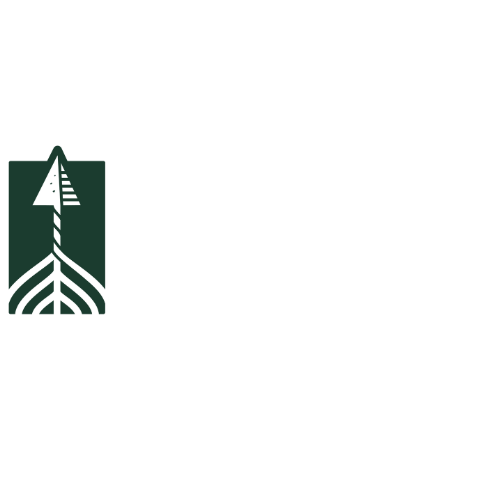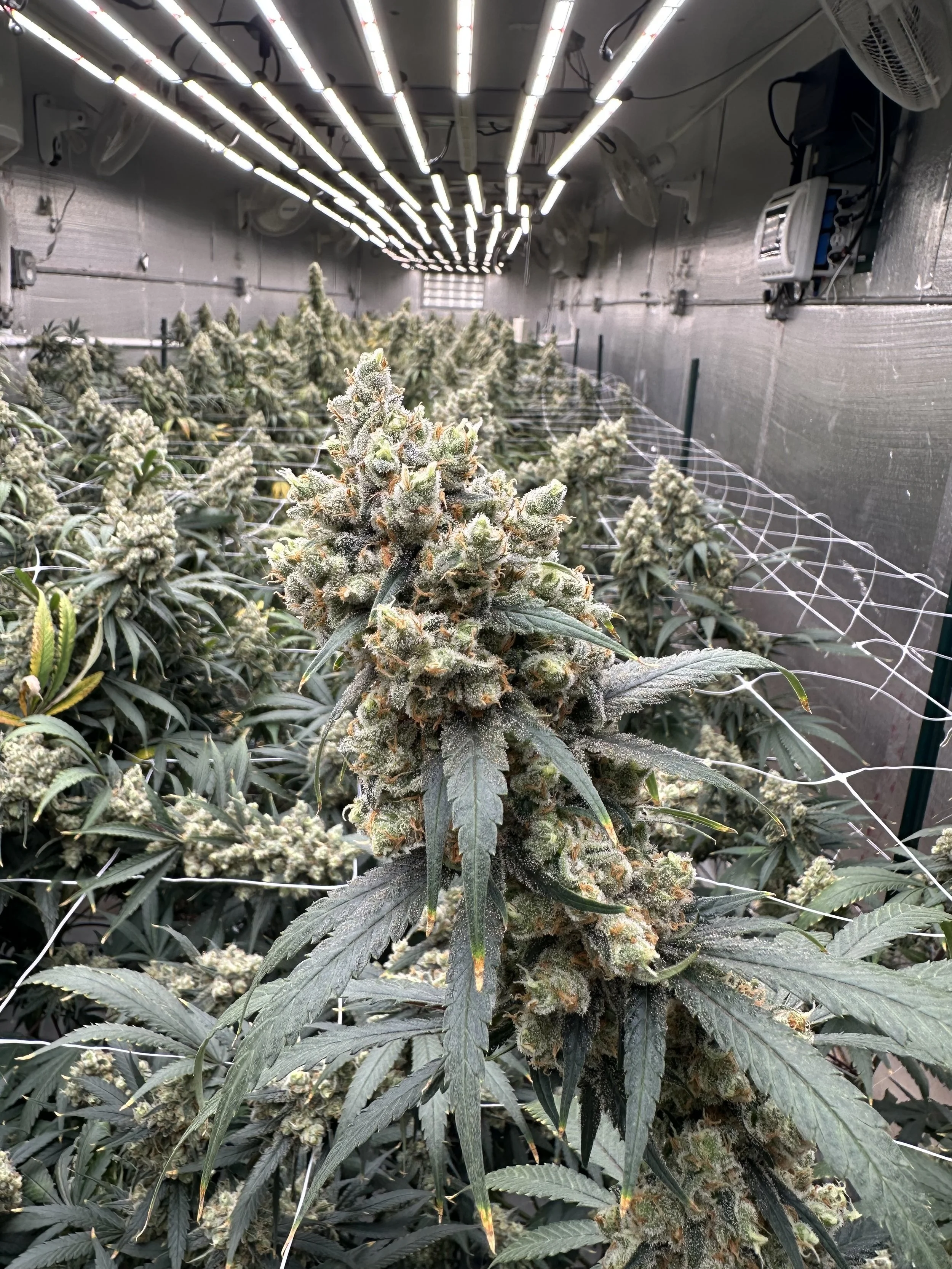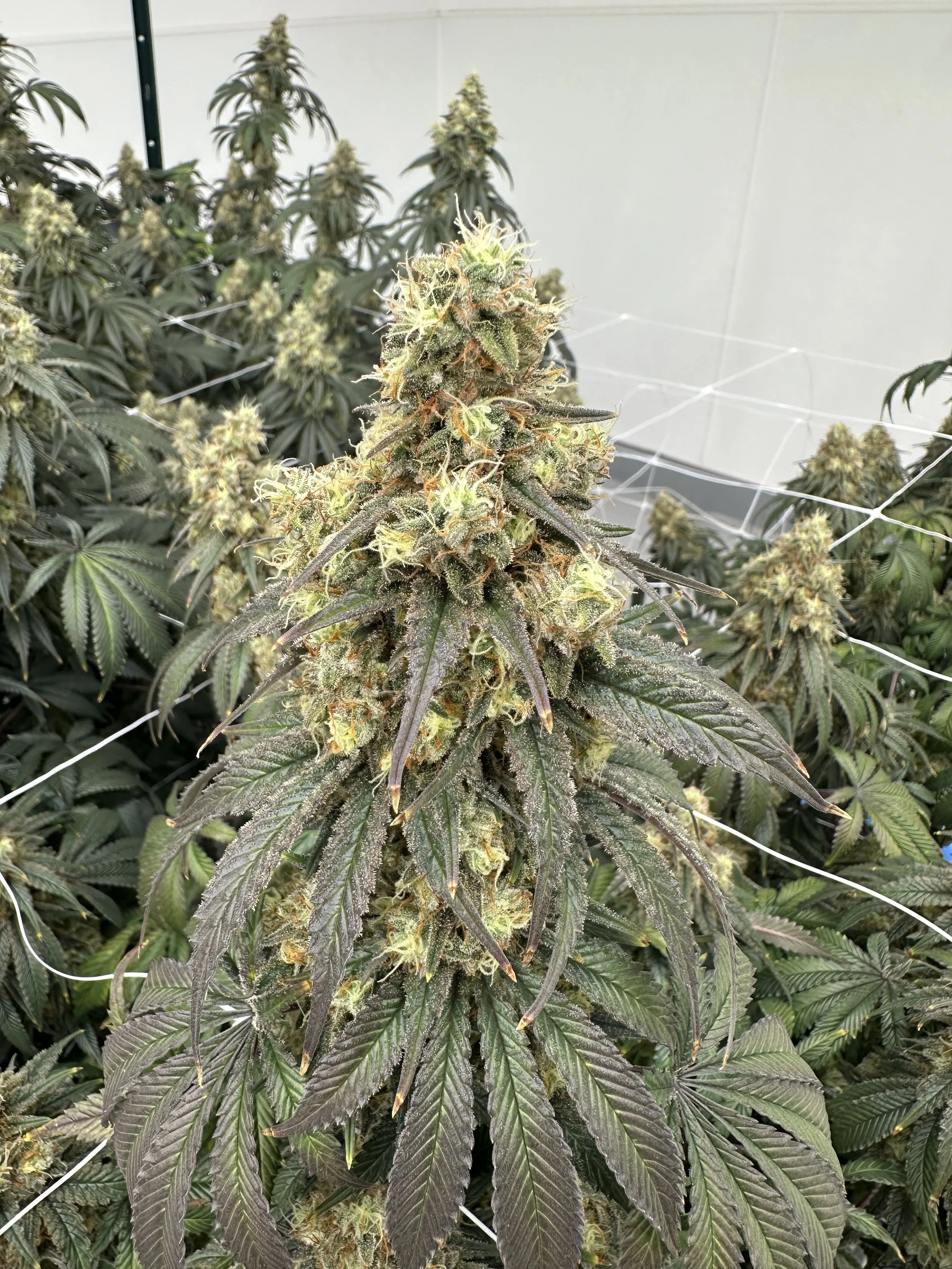
Our Research Station
Overview and Purpose
Due Diligence Horticulture turns controlled-environment science into bottom-line results. Our research station houses six fully isolated grow chambers—each with independent lighting, HVAC, fertigation, and data-logging—established through a strategic partnership with Silver State Cultivation. This infrastructure allows our Ph.D. scientists to run simultaneous, statistically robust trials on the questions that matter most: lighting strategies, operational efficiency, nutrientchemistry, propagation success, and more.
Every project is designed with the client in mind. You help set the priorities; we execute the study and deliver first-look data that are peer-review quality yet formatted for direct insertion into SOPs, CAPEX models, and investor decks. The outcome is faster decision-making, lower risk when adopting new practices, and a durable edge in yield, quality, and cost—advantages no vendor whitepaper or anecdotal trial can provide.
Ongoing Research: Strategic Photoperiod Manipulation
DDH is evaluating several photoperiod manipulation strategies against the conventional 12-hour light cycle to determine whether strategic shifts in day length can 1) trigger earlier floral initiation, 2) deliver more photons during peak biomass accumulation, and 3) finish with a high-light push that maximizes yield without vegetative reversion.
Early-flower acceleration – short days immediately after flip to accelerate flowering.
Mid-bloom boost – moderate day-length extension during weeks of peak growth.
High-light finish – elongated photoperiod late in flower to load extra photons when flowers can most profit.
Utilizing three diverse cultivars, we are tracking crop duration, dry-flower yield, cannabinoid profile, and energy use. Preliminary modeling suggests this strategic approach could increase yield by 11 – 50% while maintaining—or even shortening—cycle time, offering growers a scalable path to higher annual throughput without genetic changes or major capital upgrades.
Forthcoming Research: Plant Density Optimization
Our next trial will define the profitability sweet-spot between plant density and product quality. Leveraging recent peer-reviewed findings, we will compare multiple plant spacing strategies under identical environmental conditions and quantify impacts on:
Economic return – dry flower yield and revenue per square foot.
Quality & uniformity – cannabinoid/terpene consistency, bud size distribution, visual grade.
Operational efficiency – labor time, harvest logistics, and disease pressure linked to low airflow and high humidity microclimates.
Results will identify the planting density that delivers the best balance of yield and dollars persquare foot while ensuring product quality and workflow efficiency—actionable intelligenceclients can apply directly to crop staging and production planning.




